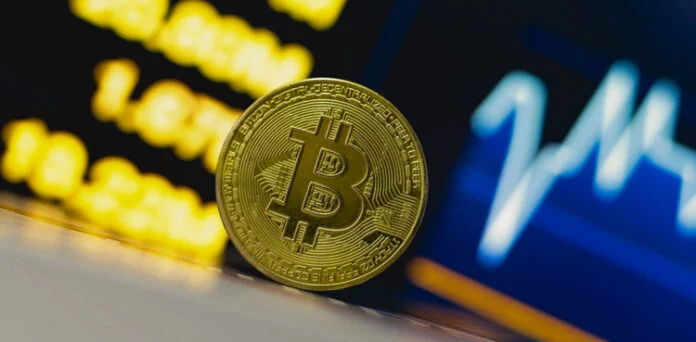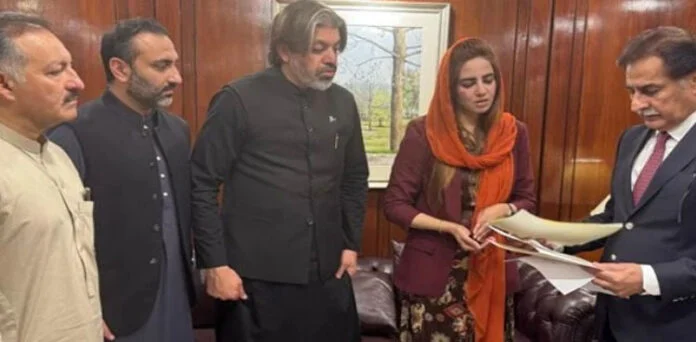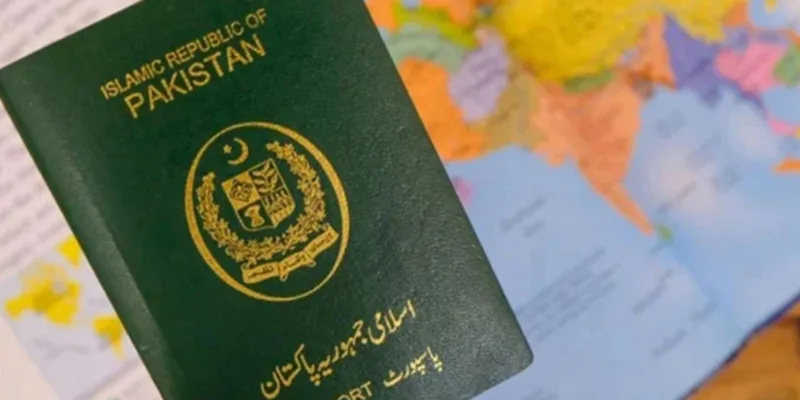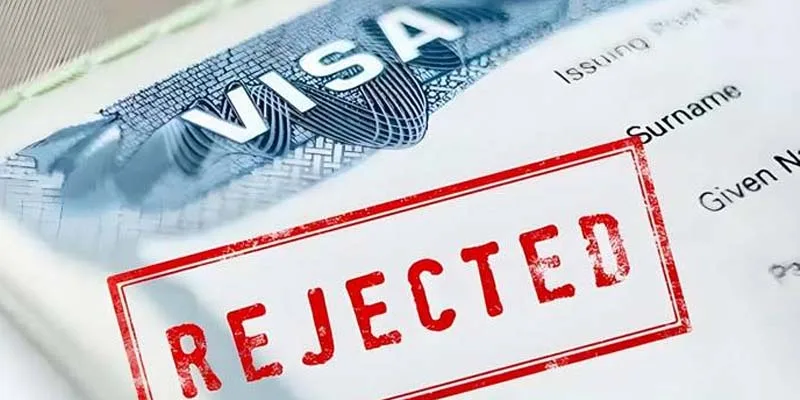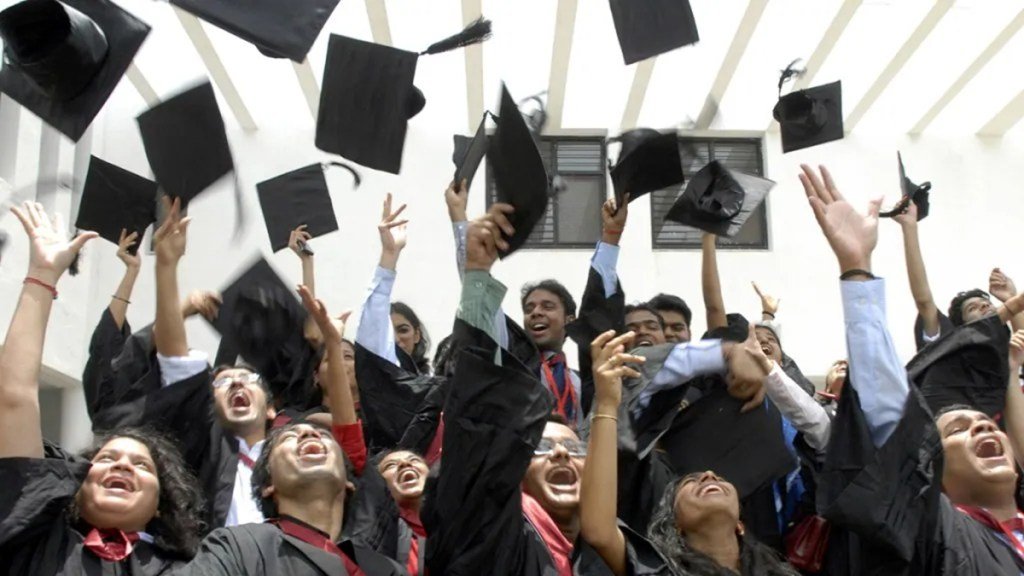
The decline in F-1 visa issuance to Indian students in 2024 has raised concerns among those hoping to study in the U.S. However, it’s important to remember why the United States remains a preferred destination for students worldwide. The U.S. offers top-tier academic programs, cutting-edge research opportunities, and strong connections to industries, providing students with unmatched access to quality education and global career opportunities.
While the visa challenges are a concern, U.S. institutions continue to rank among the best globally. According to the QS World University Rankings 2025, four out of the top ten universities are based in the U.S., underscoring the country’s commitment to academic excellence. The educational system in the U.S. equips students with the skills that are highly valued by employers, ensuring long-term success in the global job market.
Despite the recent unpredictability surrounding visa processes, the U.S. has demonstrated a strong commitment to attracting and retaining international talent. Although the 2024 election year has brought some uncertainty, there has been a positive narrative for international students, especially in the STEM fields. Statements from former President Donald Trump suggested potential changes in immigration policies that could benefit STEM graduates, reflecting a strategic effort to retain high-potential talent who can drive innovation and economic growth.
The recent decline in F-1 visa approvals does not appear to signal a permanent shift in student preferences for U.S. education. Applications for the Fall 2025 intake are already on the rise, indicating that the appeal of studying in the U.S. remains intact. This dip seems more like a temporary, seasonal fluctuation rather than a long-term trend. Even during previous administrations, such as under Trump, enrollment numbers from India remained steady.
The U.S. immigration system is increasingly focused on merit-based immigration, prioritizing students who pursue courses aligned with their academic and career goals. As a result, students applying to universities that may not align with their professional aspirations are facing higher rejection rates. This shift highlights the importance of choosing institutions and programs that best suit a student’s long-term objectives.
India continues to play a dominant role in global student enrollments. In the 2023-2024 academic year, Indian students made up 29% of all international students in the U.S., surpassing China for the first time. The number of Indian students studying in the U.S. increased by 23% from the previous year, with 331,602 students enrolling in 2023/2024, according to the U.S. Open Doors 2024 Report.
Additionally, the rise in Post-Study Work (PSW) opportunities is a significant advantage for international students. Indian students, in particular, have seen a 41.3% increase in PSW participation, with over 97,500 Indian students contributing to the U.S. workforce. These students are excelling in sectors such as healthcare, finance, information technology, data science, and business management, among others.
STEM fields, in particular, continue to grow in importance. Indian students are increasingly pursuing degrees in science, technology, engineering, and mathematics (STEM) areas, which offer better job prospects and higher-paying roles. U.S. immigration policies are aligning with this trend by focusing on attracting students in these high-demand fields. STEM jobs are projected to grow by 1.1 million by 2033, offering better pay and greater job security. The median salary for STEM jobs is significantly higher, at $101,650, compared to $46,680 for non-STEM positions.
While the F-1 visa process may face challenges, the outlook for Indian students aspiring to study in the U.S. remains positive. The growing interest in the Fall 2025 intake reflects the enduring appeal of U.S. education, which continues to offer valuable opportunities for academic and professional growth. This period of heightened scrutiny underscores the importance of aligning one’s academic and career goals with the right program and institution.
With the U.S. immigration system focusing on quality applicants, Indian students can increase their chances of success by carefully selecting the right programs and meeting evolving application criteria. With proper preparation and guidance, the future for Indian students pursuing higher education in the U.S. remains promising.






